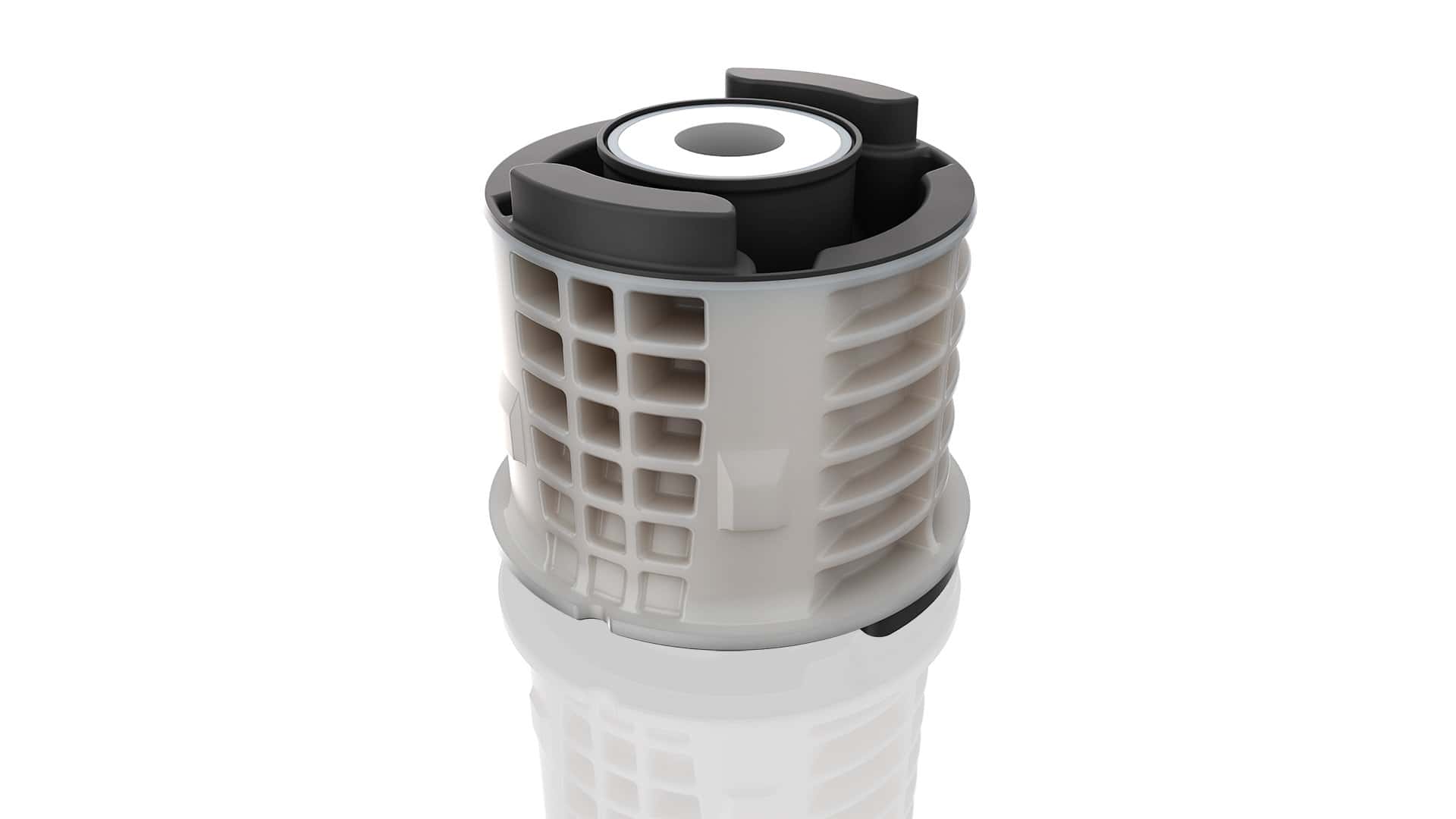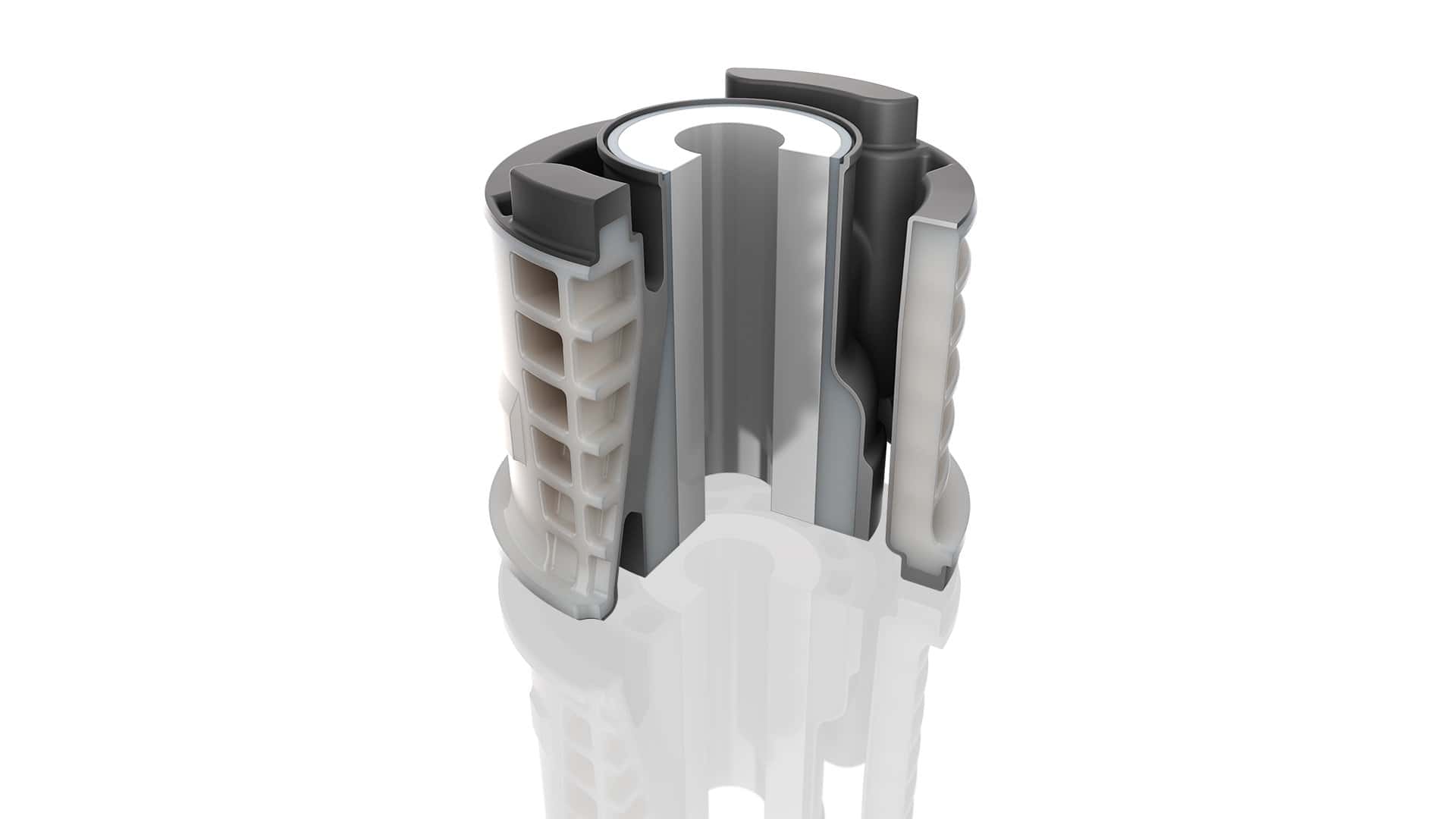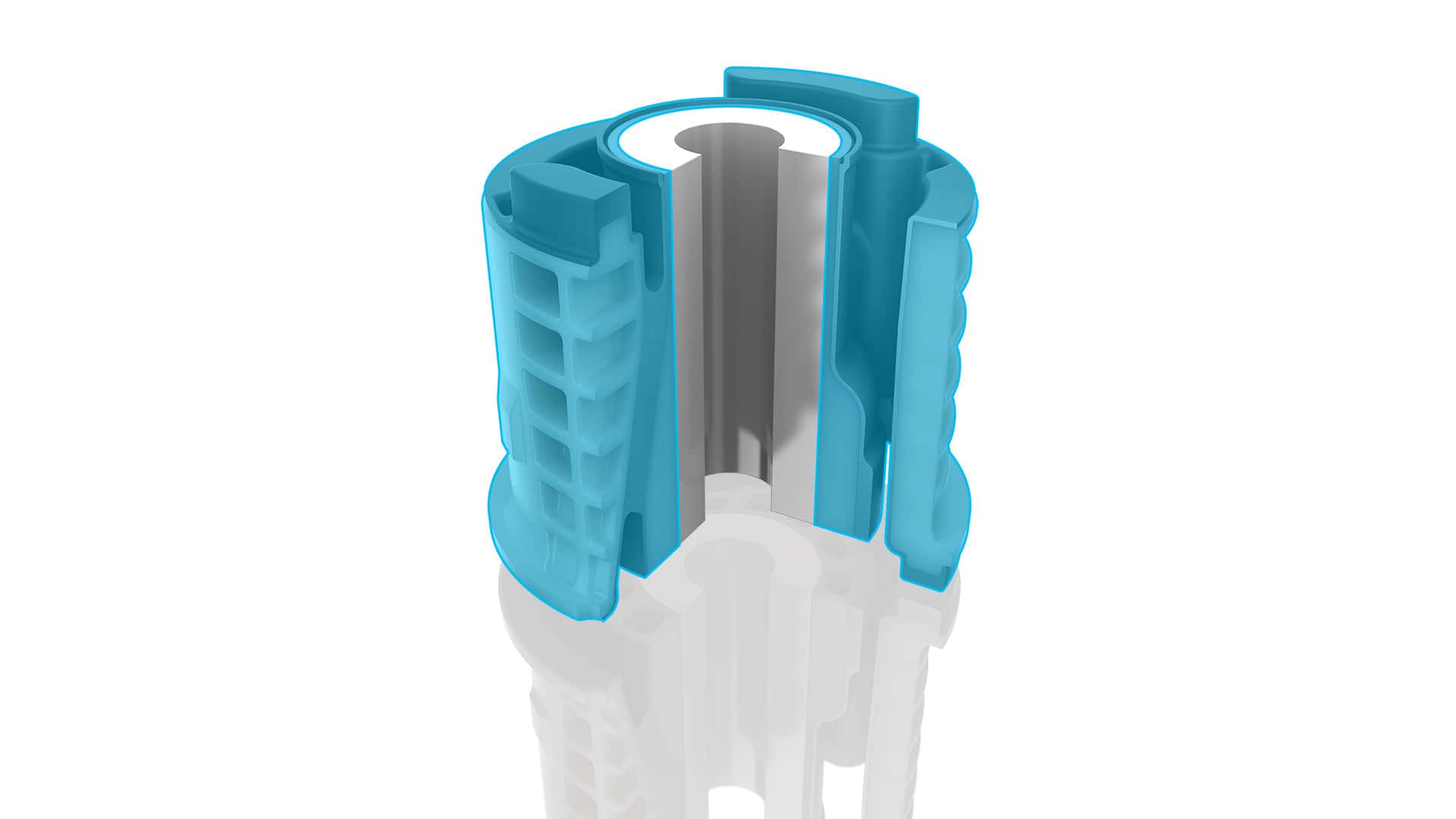Darmstadt, 8 February 2023 |
Vibracoustic optimizes chassis bushings for battery electric vehicles
Vibracoustic, a leading global automotive noise, vibration and harshness (NVH) expert, brings benefits for battery electric vehicle (BEV) dynamics, durability, noise management and ride quality with its optimized chassis bushings. These are tuned to handle the increased vehicle weight and higher preloads while also ensuring great NVH performance.
Analysis has shown that the current generation of BEVs is 18 to 24 per cent heavier than their internal combustion engine (ICE) equivalents1. This has substantial implications for chassis control and NVH management, with higher maximum loads, higher suspension pre-loads and greater durability demands for all components involved. There are also implications for passenger comfort, particularly regarding noise and ride quality, with the increased mass and quieter powertrain challenging OEM development teams.
The Market Challenges
To address the increased weight of BEVs, many vehicle components – including chassis bushings – must respond to increasingly challenging requirements such as lower component weight and designs, supporting higher preloads. BEV powertrains are substantially quieter than the ones found in ICE-powered vehicles. This presents another challenge since sounds previously masked by the ICE like road noise, chassis excitations, and in-cabin noises – become far more noticeable. With a whole-vehicle approach to NVH management, Vibracoustic’s team has optimized bushings for electric vehicles with adjusted designs and better-suited material compounds.
Vibracoustic Solutions
The new BEV-specific chassis mounts mitigate many of the issues arising from increased vehicle weight while also addressing issues around noise and comfort. As a global leader in automotive NVH management, the Vibracoustic experts used advanced simulations and drew upon their experience in optimizing rubber compounds to better understand the frequencies encountered, helping to mitigate them with a low-hardening rubber compound. Furthermore, the component designs were optimized so the overall bushing can handle dynamic load while driving as well as static preload while stationary.
1 https://www.researchgate.net/publication/353150136_Comparative_analysis_of_non-exhaust_airborne_particles_from_electric_and_internal_combustion_engine_vehicles#pf4



